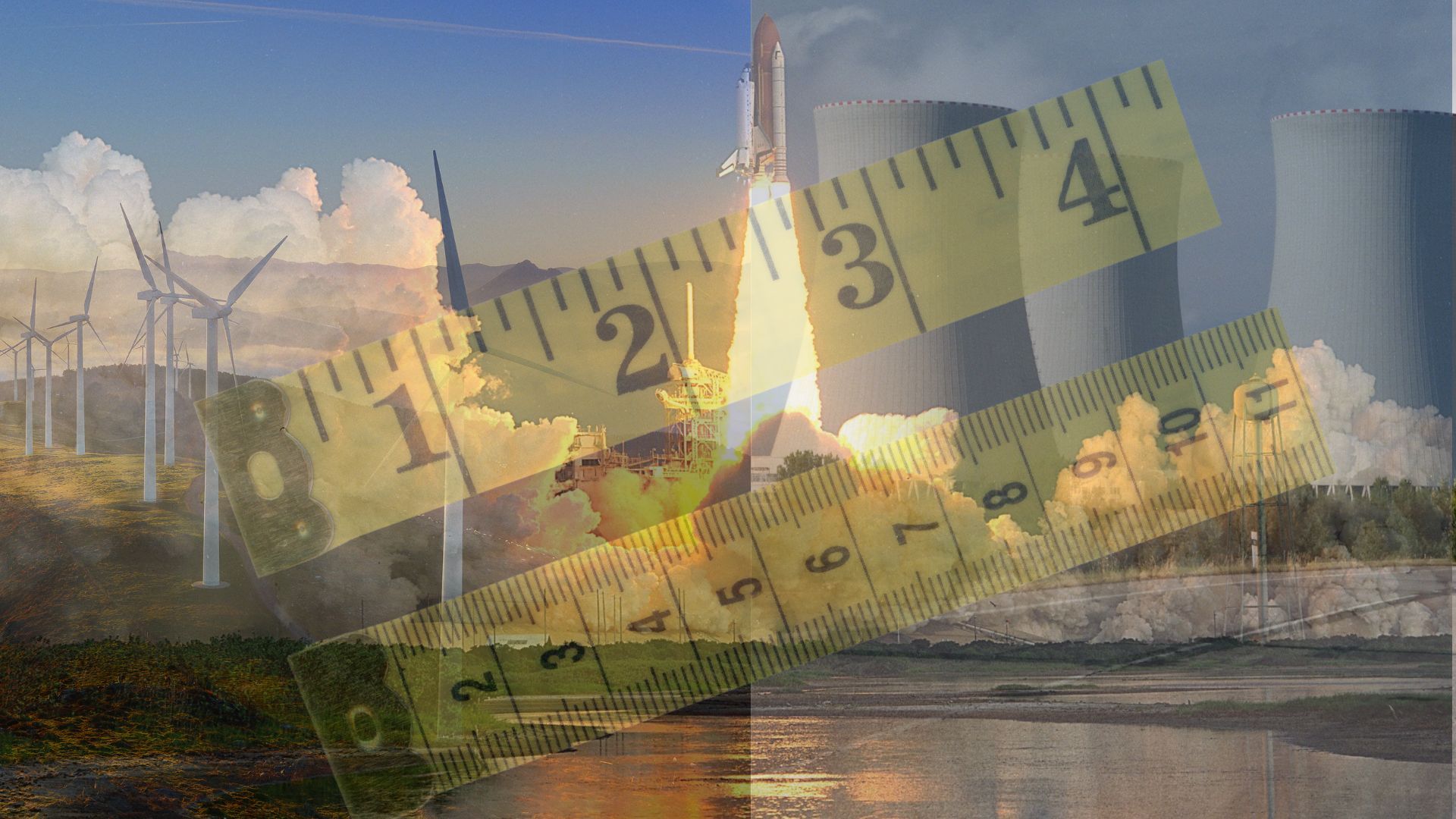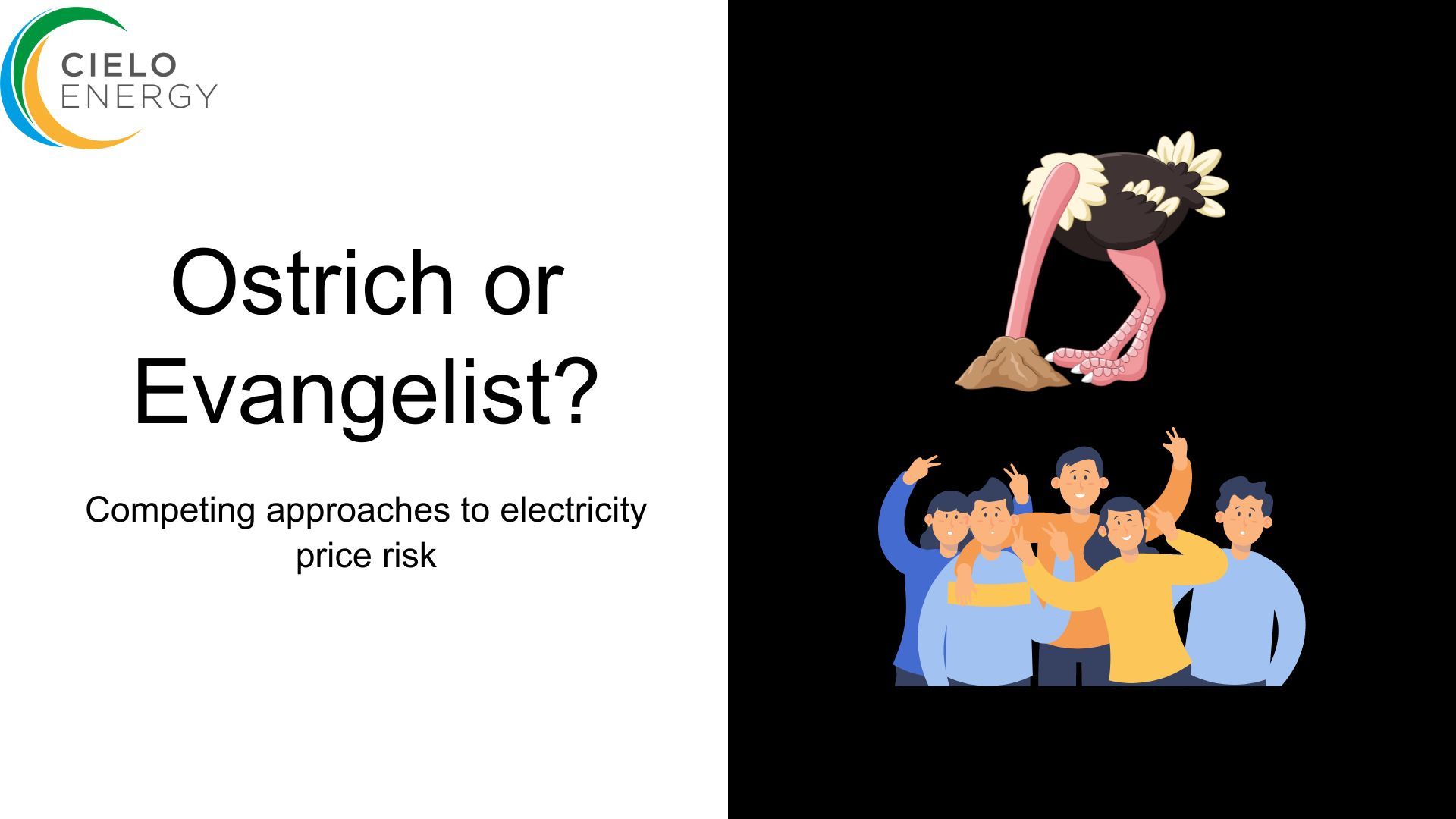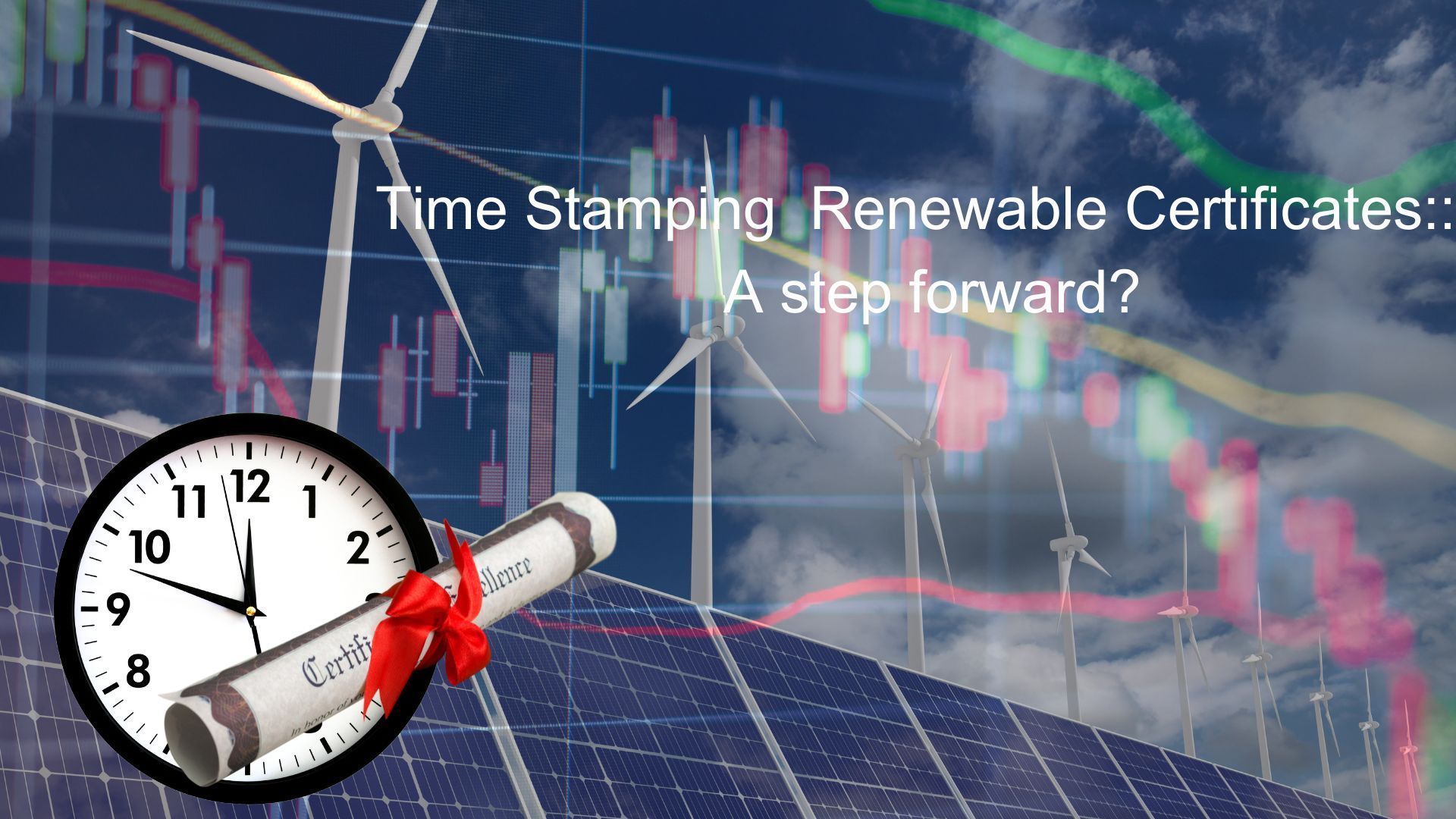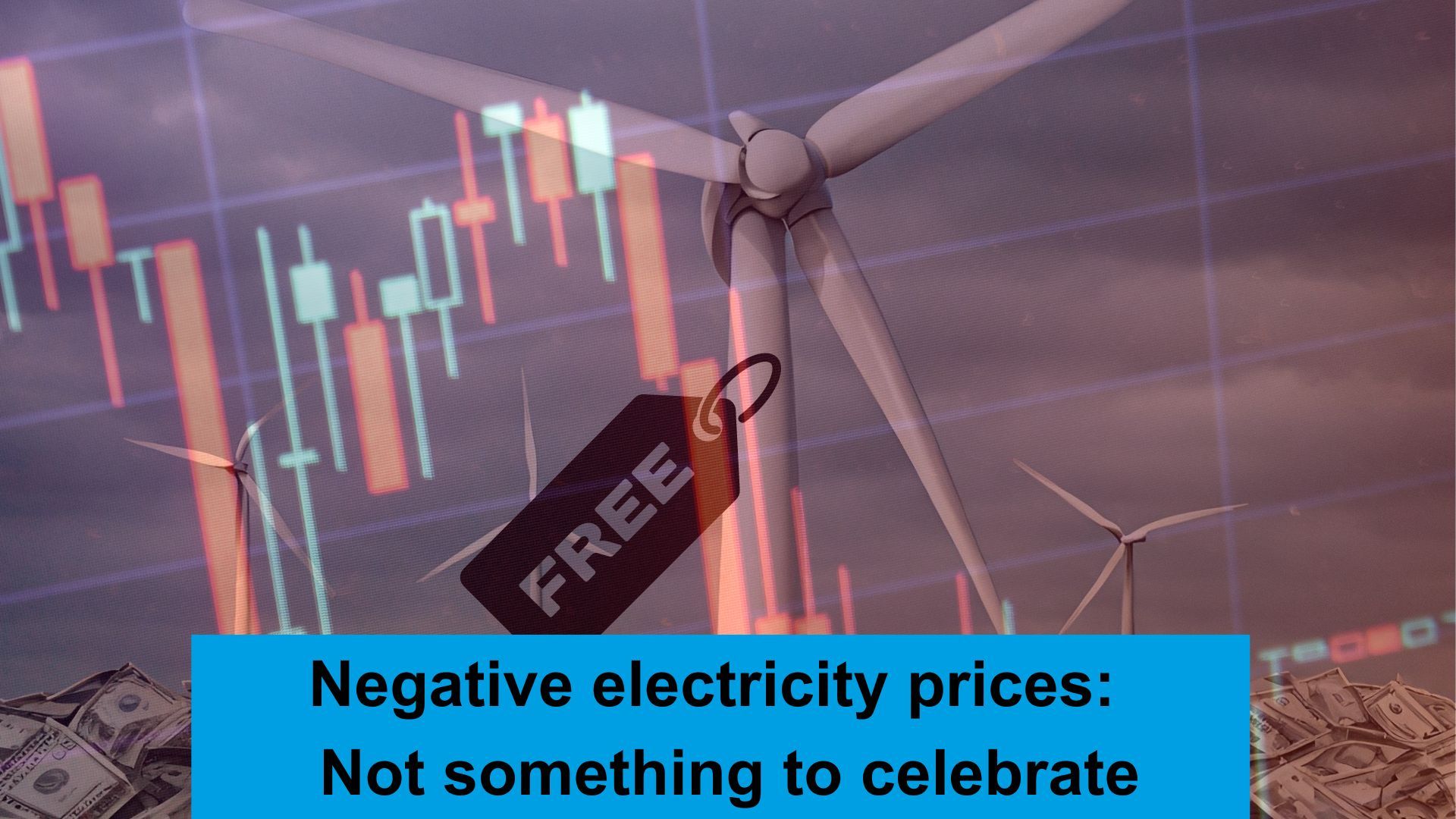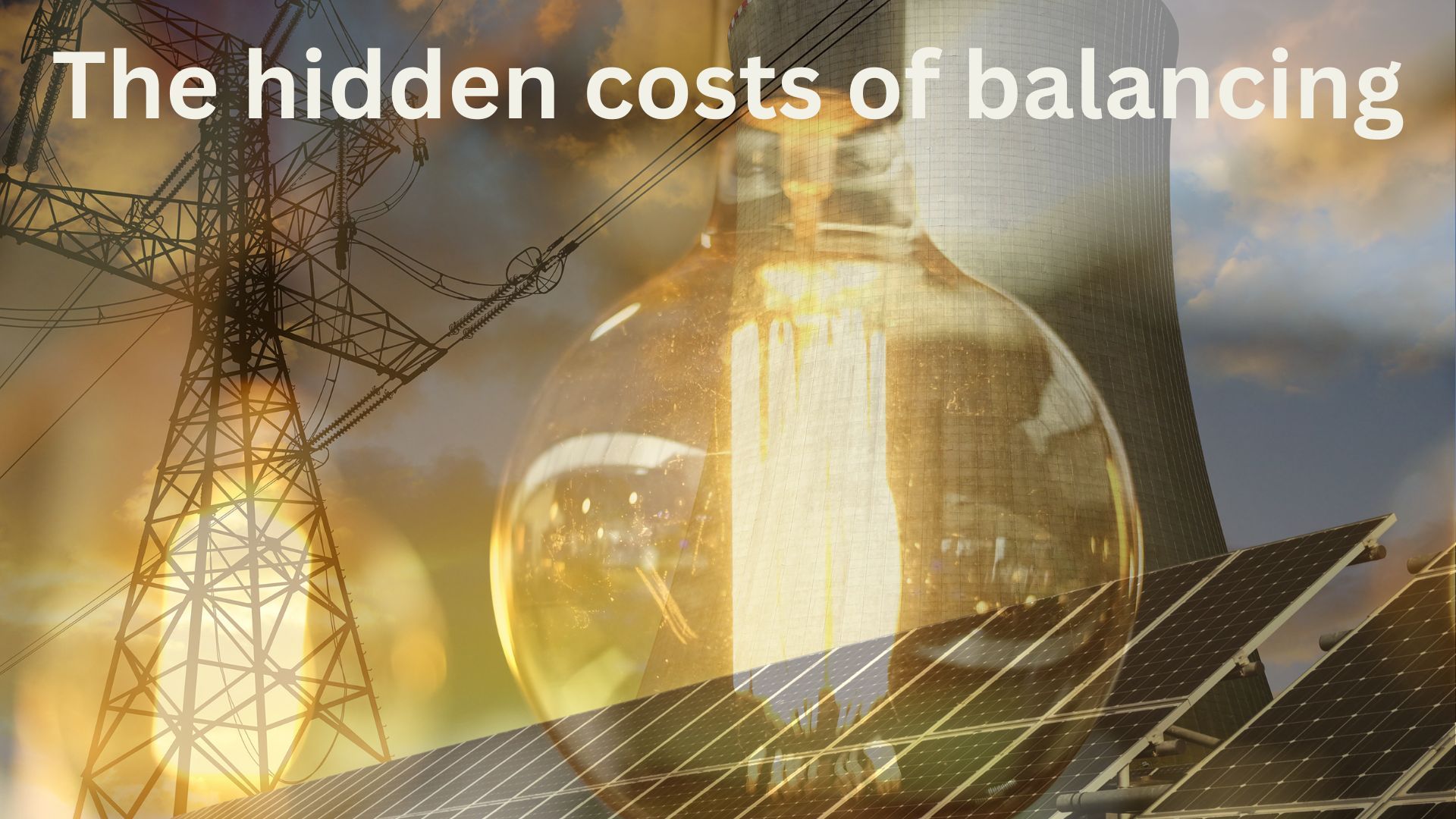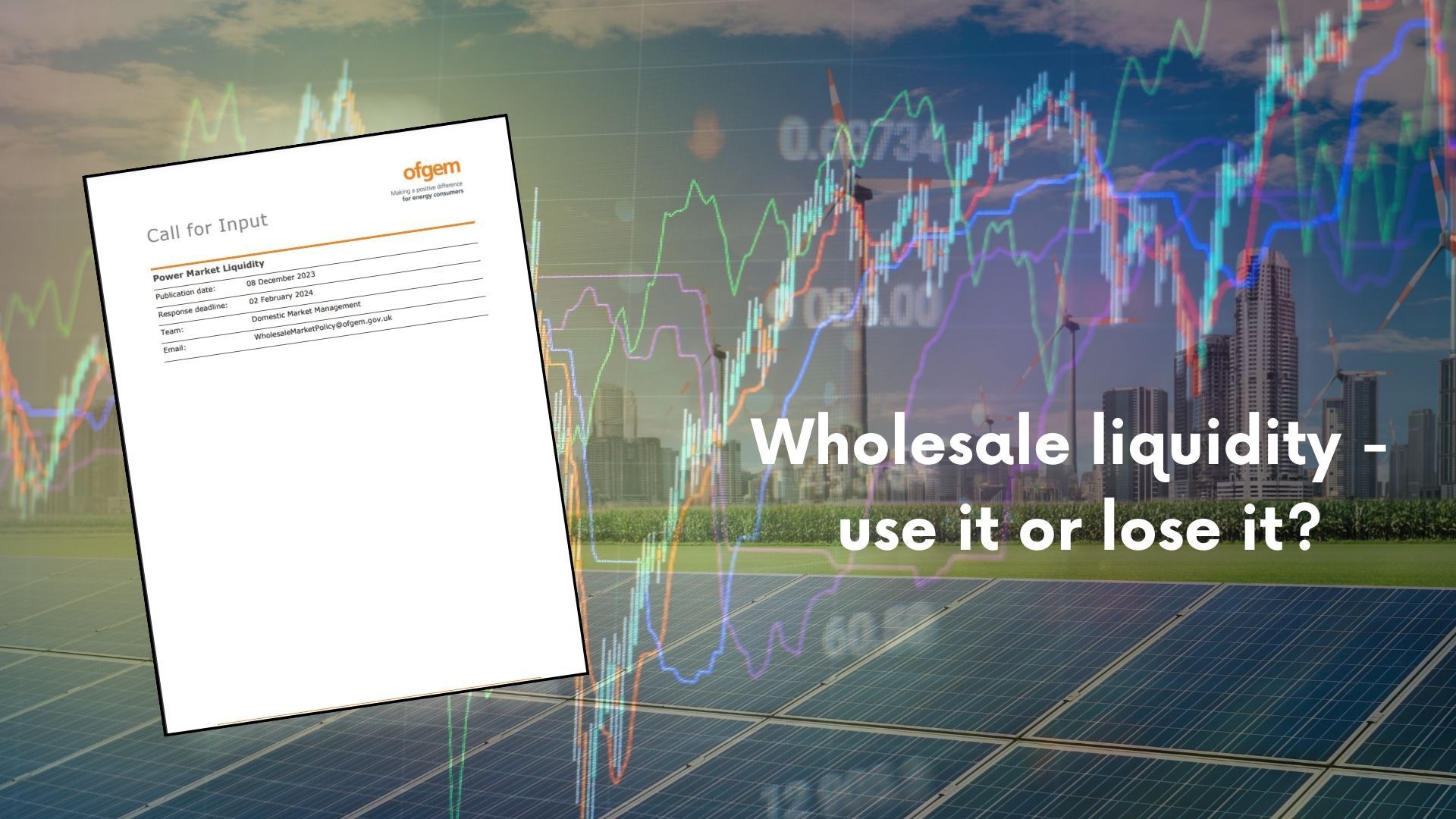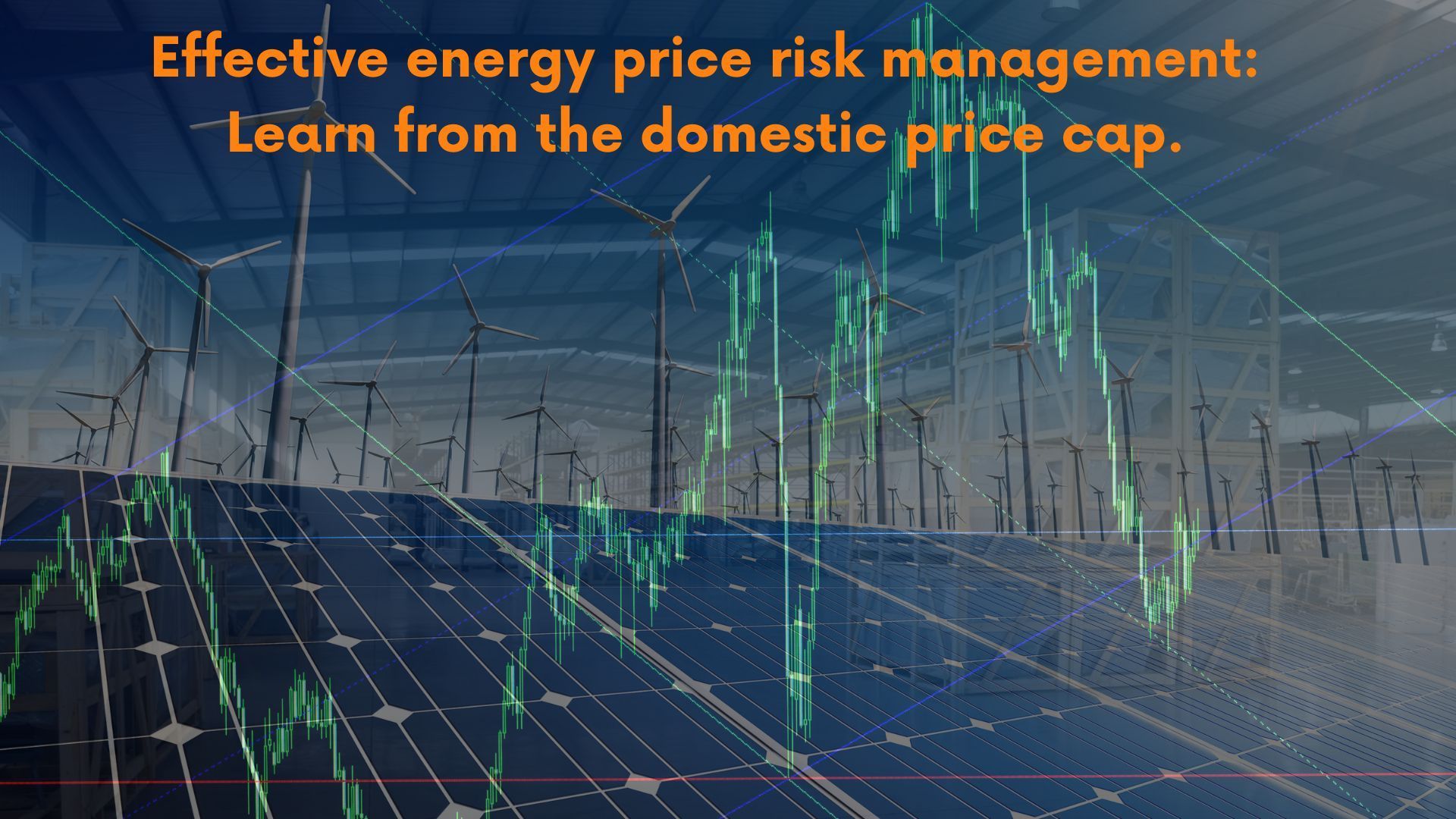Finding happy ever after in long term energy contracts

All contracts are entered into as a theoretical win:win. The exchange of some risks for some reward is deemed a success at the time of execution, or it wouldn’t be signed.
However, for long term contracts how often would both sides say at the end of the contract term that the outcome was what they expected, and equitable?
For high-value long term energy contracts, the impact can be enormous, and potentially terminal.
𝐍𝐞𝐠𝐨𝐭𝐢𝐚𝐭𝐢𝐧𝐠 𝐚 𝐥𝐨𝐧𝐠-𝐭𝐞𝐫𝐦, 𝐡𝐢𝐠𝐡 𝐯𝐚𝐥𝐮𝐞 𝐜𝐨𝐧𝐭𝐫𝐚𝐜𝐭 𝐢𝐬 𝐜𝐨𝐦𝐩𝐥𝐢𝐜𝐚𝐭𝐞𝐝 𝐚𝐧𝐝 𝐧𝐞𝐞𝐝𝐬 𝐦𝐨𝐫𝐞 𝐭𝐡𝐚𝐧 𝐚 𝐥𝐚𝐰𝐲𝐞𝐫.
👉Understanding what you want (and why), as well as what the other side wants is key.
👉But what about the realities of living with the contract long after the advisors have gone. How do you get a contract that works for the long term?
Let’s be honest, there aren’t many long-term contacts where both sides are as happy at the end as they were on the day they signed up.
𝐓𝐡𝐞 𝐡𝐢𝐬𝐭𝐨𝐫𝐲 𝐨𝐟 𝐥𝐨𝐧𝐠-𝐭𝐞𝐫𝐦 𝐞𝐧𝐞𝐫𝐠𝐲 𝐜𝐨𝐧𝐭𝐫𝐚𝐜𝐭𝐬 𝐢𝐬 𝐟𝐮𝐥𝐥 𝐨𝐟 𝐜𝐨𝐧𝐭𝐫𝐚𝐜𝐭𝐬 𝐭𝐡𝐚𝐭 𝐬𝐡𝐢𝐟𝐭𝐞𝐝 𝐨𝐮𝐭 𝐨𝐟 𝐭𝐡𝐞 𝐦𝐨𝐧𝐞𝐲 𝐚𝐧𝐝 𝐬𝐨𝐦𝐞 𝐭𝐡𝐚𝐭 𝐥𝐞𝐝 𝐭𝐨 𝐭𝐡𝐞 𝐛𝐚𝐧𝐤𝐫𝐮𝐩𝐭𝐜𝐲 𝐨𝐟 𝐭𝐡𝐞 𝐛𝐮𝐬𝐢𝐧𝐞𝐬𝐬𝐞𝐬 𝐭𝐡𝐚𝐭 𝐬𝐢𝐠𝐧𝐞𝐝 𝐭𝐡𝐞𝐦.
Taking just 2, relatively old, public domain examples shows how a changing market can have huge impacts:
👉In 2012 as the European gas market liberalised E.ON sought changes with Gazprom to amend the oil based price indexation. As the market developed, the whole basis on which prices were established was changing, and its long term contracts had shifted significantly out of the money. After changes were ultimately agreed it positively impacted E.ON’s profit by €2bn in that year.
👉TXU Europe had major purchase contracts with what was AES Drax, International Power and Scottish & Southern for long term transactions that went out of the money for TXU. After the US parent of TXU withdrew support in 2002, TXU Europe failed - which had knock-on effects of sending AES Drax into administration (eventually listed by its creditors as Drax Plc that exists today) as well as significant profit impacts on SSE and International Power.
These show the potential for extreme impacts of both market structure and market price changes on long-term contracts.
𝑶𝒗𝒆𝒓 𝒕𝒉𝒆 𝒍𝒊𝒇𝒆 𝒂 𝒄𝒐𝒏𝒕𝒓𝒂𝒄𝒕 𝒎𝒂𝒓𝒌𝒆𝒕𝒔 𝒄𝒉𝒂𝒏𝒈𝒆, 𝒂𝒏𝒅 𝒗𝒂𝒍𝒖𝒆 𝒎𝒐𝒗𝒆𝒔.
Technology changes mean that assets costs have generally got cheaper over time – so solar and wind costs on new generation are significantly lower than for already existing assets.
The creates a risk of either a stranded asset for the generator, or stranded cost base for the off-taker.
𝐓𝐡𝐞 𝐬𝐞𝐜𝐫𝐞𝐭 𝐭𝐨 𝐬𝐮𝐜𝐜𝐞𝐬𝐬 𝐰𝐢𝐭𝐡 𝐥𝐨𝐧𝐠 𝐭𝐞𝐫𝐦 𝐩𝐫𝐨𝐣𝐞𝐜𝐭𝐬?
While mark-to-market paper profits/losses are not the only consideration, long term commercial viability matters.
👉Think about future scenarios and what could happen. Either anticipate them in commercial contract wording, or manage the risk through a portfolio optimisation activity.
👉If the market rules change (as they will) what could happen?
👉If the price is indexed – to what, and does it actually make any sense?
👉If the price is fixed – are you sure that’s a good idea?
None of this is to say that long term contracts are not a bad thing in themselves; and without them to share or pool risk investment will be extremely limited.
However, it is what happens after the dust has settled on the contract signature that determines its success.
Making sure any advisor is working only in your interests and taking the time to get things structured properly at the start can create more security in the long run.
Links the more information on the 2 examples below:
https://www.ft.com/content/80dd9b44-c4fb-11e1-b8fd-00144feabdc0
Share this on social media




